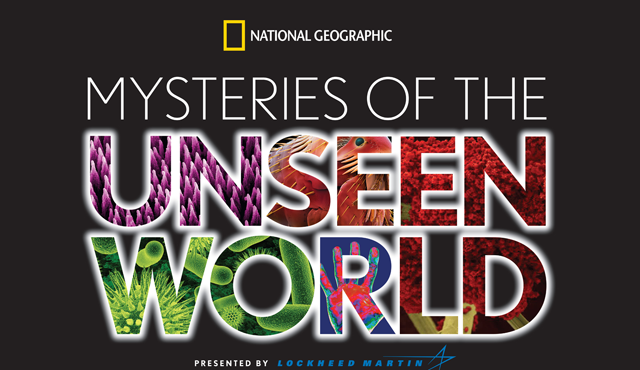Mysteries of the Unseen World is a beautiful “edutainment” look at what we cannot see

The educational film ‘Mysteries of the Unseen World’ has stunning visuals and something fascinating for the whole family.
There are a lot of educational movies that come and go in the various museums and IMAXes around the country, and they are often mostly forgettable. After all, if you’ve seen one breathtaking 3D look into the Grand Canyon or the bottom of the ocean, you’ve seen them all. So a new educational short film has to really be something special to stay in your memory. Will this be it? Well, time will tell, but Mysteries of the Unseen World, from director Louie Schwartzberg and narrated by the dulcet, soft tones of actor Forest Whitaker, certainly grabs your attention. At a hair under 40 minutes long, this is on the longer side of these short movies, but it’s just long enough that it doesn’t overstay its welcome. The movie has a simple concept: showing off, using amazing photography and visualizations, things in the world that humans are not normally capable of seeing. The movie is divided into four short segments, each devoted to one concept of “the unseen.”
Segment one is about the Invisible, that which we cannot see with our eyes at all — the wavelengths of light that exist and are useful, but are seemingly invisible. Using tricks and graphics, with a stirring musical score, the world we cannot see is revealed. Perhaps the narration is nice, if the words are not always as interesting as the visuals, something that unfortunately is consistent throughout the show. The music here is almost haunting at times, helping to draw you into the world we cannot perceive. Sometimes though the narration clips in awkward ways, bringing you out of it, but then the images bring you back in. I particularly liked the innovative ways the movie demonstrated those “other” wavelengths of light, making it obvious and clear what was really going on. Seeing the heat signatures like a mosquito might gives insight you might not normally have.
The second segment is called Too Slow and utilizes time-lapse photography to show the creeping way nature sneaks up on you, from the blooming of flowers to the decay of life to the movement of the stars. Both older (as in over 50 years old) and newer footage is used here, showing off some imagery that’s still effective today. I recall watching some of those old Disney documentaries and being wowed by that sort of thing as a kid. Now as an adult, I can appreciate the depth and majesty of everyday life I didn’t understand then — sometimes things only get better with age. This segment is more unexpected in some ways, because it’s the slowness we don’t realize we’re seeing.
The following segment is naturally called Too Fast, covering exactly what you’d expect. High-speed camerawork is on full display here, showing off the sorts of things you’d expect: water, fire, etc. But there are a few interesting revelations we hear about, recent discoveries about dragonflies and lightning that only this recent technology has been able to uncover. This sort of revelatory information is worth the price of admission for me, but hey, I love to learn new things.
Finally, the movie ends with Too Small, which to be honest was the least “new” to me. I think anyone unfamiliar with these sorts of zoomed in images will be blown away by the unexpected, but this part wasn’t as interesting from my perspective. Although there was, again, one new revelation based on recent technology that truly was breathtaking, the kind of thing only one familiar with microscopic images can appreciate, because it’s new.
This film uses 3D technology excellently, with crisp and engaging visualizations. The music works beautifully, and I found Forest Whitaker to be mostly decent, just low key enough not to overwhelm, if not interesting enough to really stand out. The script isn’t perfect, but it’s more than acceptable for an educational “entertainment” picture like this one. In the end, the message is simple, and it all gets capped off with provocative hope for future innovation, a message I’ll always appreciate and support.
 CliqueClack
CliqueClack


